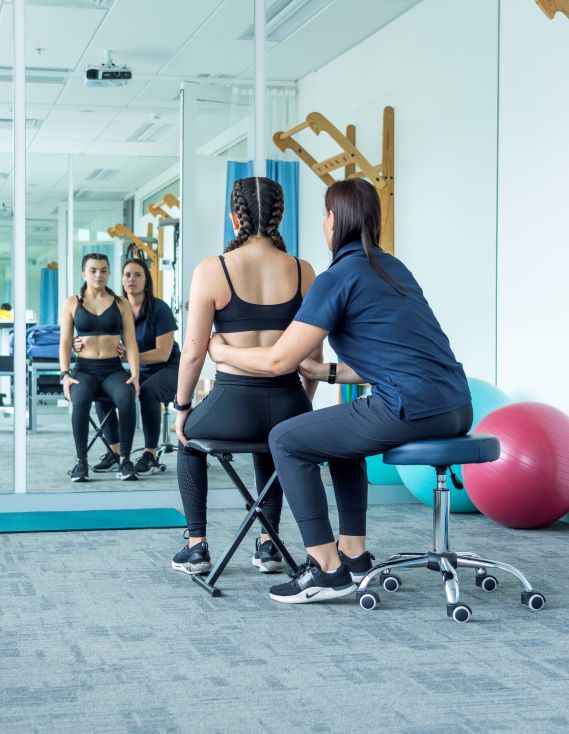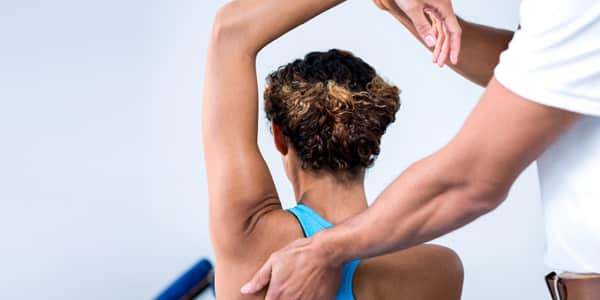Scoliosis Specific Exercise

Traditionally there has been the opinion that “exercise does not work for scoliosis”.
While this is true for general exercise, there are scoliosis specific exercise programs that are supported by published evidence and are regarded as effective when delivered by certified providers.
For example in a small adolescent idiopathic curve, where there is a family history of scoliosis, a specific scoliosis exercise program can be the most suitable treatment. Another example can be when a curve is non-progressive in late adolecents or middle age, it maybe be possible to help improve posture, manage pain and stabilise the spine with scoliosis specific rehabilitation.
Research has shown that when specialised scoliosis rehabilitation and exercise programs have been used in conjunction with bracing it has improved the results of scoliosis bracing. In these cases, the exercise programs may to help to strengthen the muscles supporting the spine and keep the spine flexible during brace treatment and to help maintain the correction achieved with bracing.
It is important to understand that only specialised scoliosis rehabilitation and exercise programs, like ScoliBalance® , that are specifically designed to treat scoliosis have been shown to be helpful. The Scoliosis Rehabilitation Therapists at ScoliCare Clinics teach patients this program, individualised for each patient.
Questions about Scoliosis Specific Exercise?
This approach includes:
• Biomechanical classification for determining a patient’s required corrective exercises
• Exercises using over-correction / mirror image
• Mild traction using the ScoliRoll orthosis and Denneroll orthotics
• Active self-correction combined with functional exercises
• A combination of in-clinic sessions and reinforcement with the home program.
The goal of ScoliBalance is to teach each patient the set of exercises required to address their specific case. Patients learn these exercises in clinic, and repeat them at home for maximum effect.
• Slow down/stop curve progression
• Aid in the reduction of flexible scoliosis curves
• Improve coronal and sagittal balance
• Complement brace wear to help maintain the correction achieved with bracing
• Improve muscular balance and spinal flexibility
• Improve posture and body appearance
• Reduce pain
• Improve standing balance and reduce fall risk in older adults.
If you would like to learn more about if ScoliBalance is suitable for your case, contact us for an assessment.
Success Stories
from our Clinics
We’d like to thank our patients for their permission to use their images and results in our case studies. These studies are not to be reproduced without written permission from ScoliCare.

